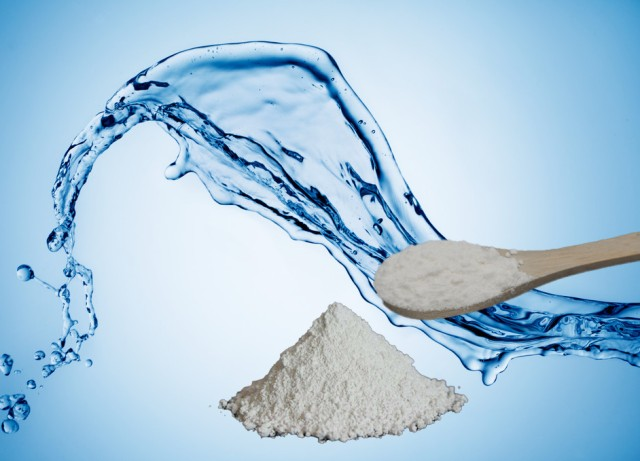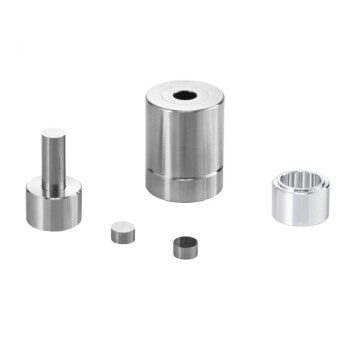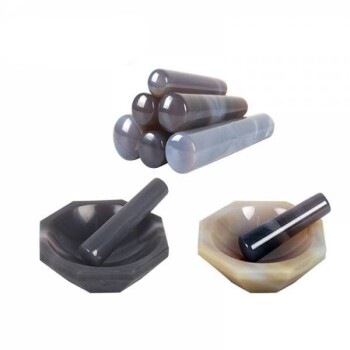Introduction
Cold Isostatic Pressing (CIP) is a manufacturing process used to create high-density ceramics and metals. This process involves placing the powder into a flexible mold, which is then pressurized with a liquid medium to create a uniform density. The powder's moisture content is a critical factor that affects the quality and consistency of the final product. In this blog post, we will explore the importance of powder moisture content in CIP and the effects it has on the final product's properties.
Table of Contents
Definition of Cold Isostatic Pressing
Cold Isostatic Pressing (CIP) is a technique used to compact powders into solid objects. The technique involves placing powders inside a flexible mold, which is then filled with water or oil and subjected to high pressure. The pressure is applied uniformly in all directions, which results in a highly dense and uniform product.
CIP is a method of compacting powdered materials into a solid homogeneous mass before machining or sintering. Sometimes referred to as hydrostatic pressing, it is a very simple process capable of producing high-integrity billets or preforms that exhibit little distortion or cracking when fired. It is usual to separate the process and equipment into two types called wet bag and dry bag.
The wet bag technology involves filling the mold with powder and sealing it tightly outside the pressure vessel. After filling the mold with powder, the mold is submerged in the pressure fluid within the pressure vessel. Then, isostatic pressure is applied to the external surface of the mold, compressing the powder into a solid mass. The dry bag technology, on the other hand, involves fixing the mold in the pressure vessel and filling it with powder while in the pressure vessel. After this, isostatic pressure from the pressure liquid is applied to the external surface of the mold, compressing the powder into a solid mass with a compact microstructure.
CIP can be used for plastics, graphite, powdered metallurgy, ceramics, sputtering targets, and other materials. The range of ceramic products produced by the isostatic process is large; examples are balls, tubes, rods, nozzles, fuse tubes, teeming tubes, lighting tubes, grinding wheels, sodium-sulfur battery electrolyte, spark plug insulators, sewer pipes, dinnerware, crucibles, oxygen sensors, central heating water pump shafts, and rocket nose cones.
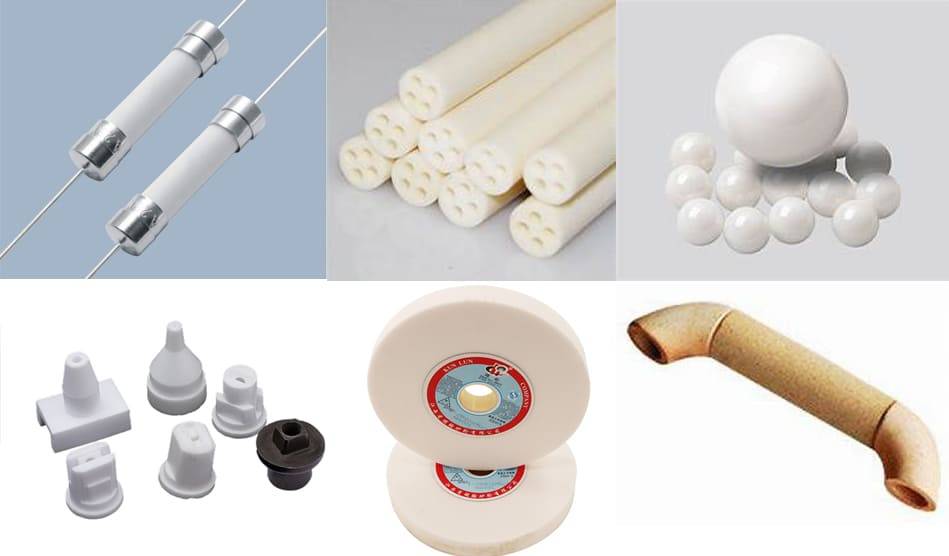
In summary, Cold Isostatic Pressing is a technique used to compact powders into solid objects, usually in the form of cylindrical or rectangular shapes, using a flexible mold and high pressure. It is a simple process capable of producing high-integrity billets or preforms that exhibit little distortion or cracking when fired. CIP can be used for plastics, graphite, powdered metallurgy, ceramics, sputtering targets and other materials.
Importance of Powder Moisture Content
Maintaining the optimal moisture content of the powder is crucial for achieving high-quality products in cold isostatic pressing (CIP) of ceramic materials. The moisture content of the powder affects the density and strength of the final product. If the powder contains too much moisture, it can lead to the formation of voids or pores in the final product, reducing its density and strength. On the other hand, if the powder is too dry, it can lead to cracking or breaking during the CIP process.
Optimal Moisture Content Range
The recommended moisture content range varies depending on the type of ceramic material and the CIP process used. In general, the moisture content of the powder should be controlled within a range of 0.5% to 1.5%. Proper control and monitoring of powder moisture content can improve the efficiency and quality of the CIP process, resulting in more reliable and consistent products.
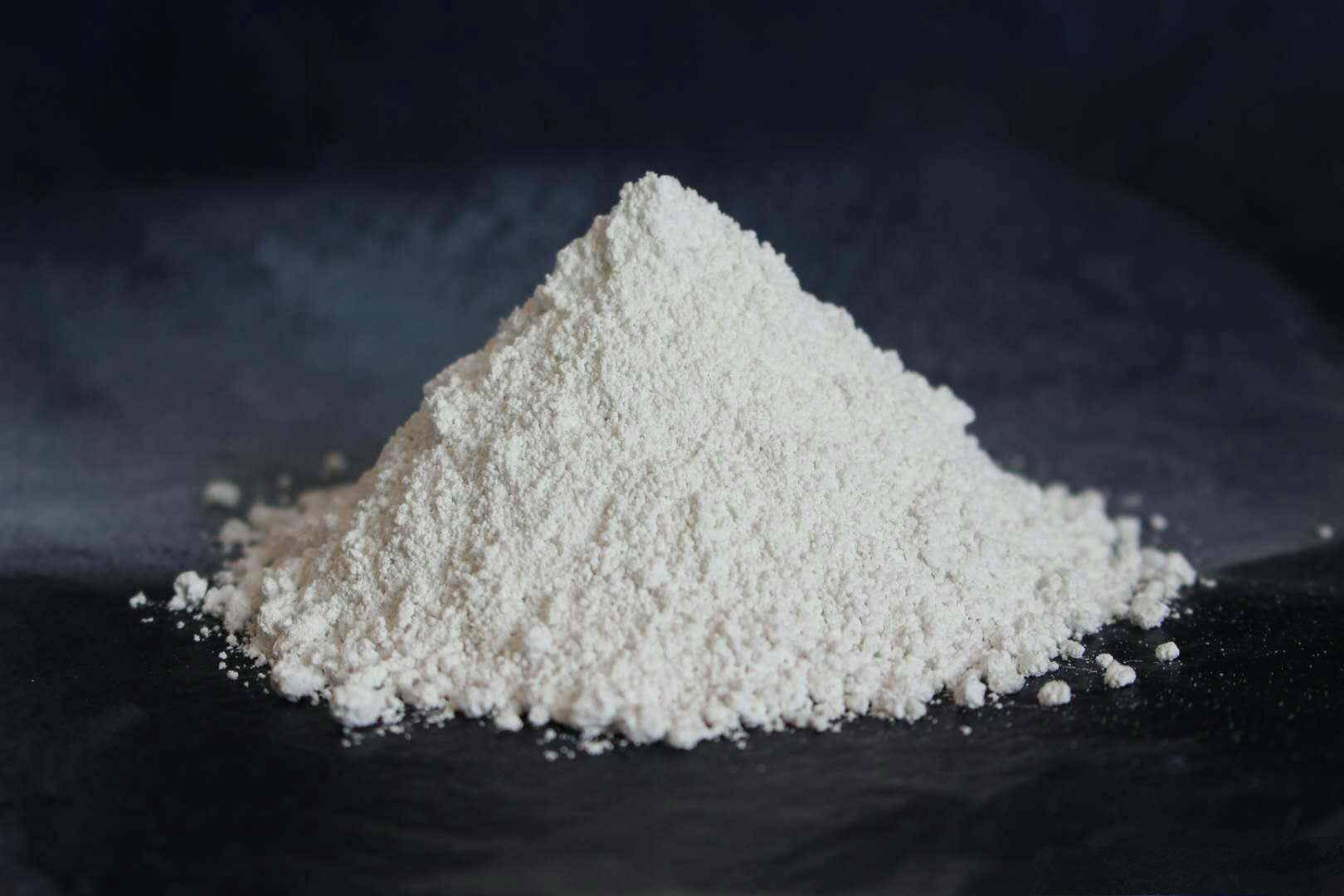
Effects of Powder Moisture Content on CIP
The effects of powder moisture content on the CIP process are significant. Powder with high moisture content can cause the formation of steam bubbles, which can create voids or pores in the final product. These voids can reduce the density and strength of the product, making it weaker and more susceptible to damage.
Effects of Powder Moisture Content on Sintering
Powder with high moisture content can also affect the sintering process, which is the process of heating the compacted powder to high temperatures to achieve full density. The presence of moisture in the powder can cause the formation of steam bubbles during sintering, which can result in the formation of voids or pores in the final product. These voids can reduce the strength and density of the product, making it weaker and more susceptible to damage.
Importance of Proper Control and Monitoring
Proper control and monitoring of the moisture content of the powder are essential to achieving optimal results in the production of ceramic materials. This includes maintaining the proper storage conditions for the powder, such as storing it in a dry and cool environment, and using proper measuring techniques to determine the moisture content accurately.
Conclusion
In conclusion, the optimal moisture content of the powder is crucial in achieving high-quality products in cold isostatic pressing. Powder with high moisture content can negatively affect the density and strength of the final product, making it weaker and more susceptible to damage. Proper control and monitoring of the moisture content of the powder can improve the efficiency and quality of the CIP process, resulting in more reliable and consistent products.
Effects of Powder Moisture Content
Powder moisture content is a critical factor in Cold Isostatic Pressing (CIP) and can significantly affect the final product's quality and consistency.
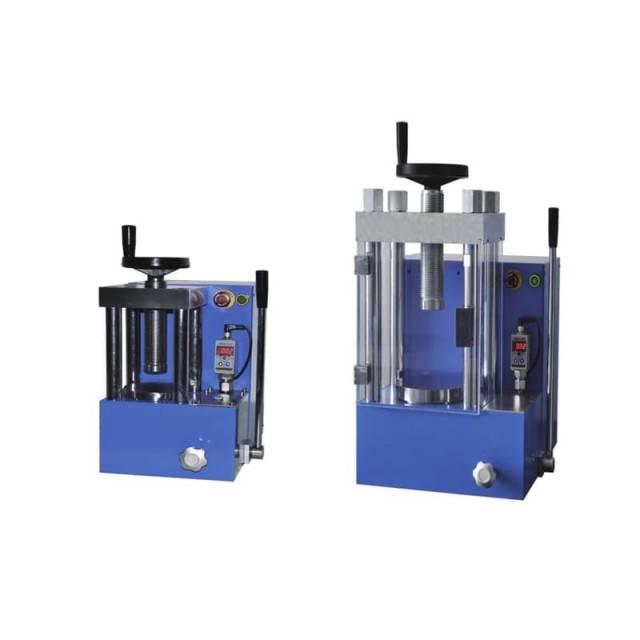
Impact on Flowability and Densification
The moisture content of the powder used in CIP affects its flowability, which, in turn, impacts the densification of the final product. Excessive moisture content can lead to cracking and defects in the finished product. Therefore, it's essential to measure and control the moisture content of the powder used in CIP to ensure high-quality products.
Impact on Interparticle Forces
Powder moisture content can affect the interparticle forces between the powder particles, which can impact the strength and microstructure of the final product.
Impact on Density
The moisture content of the powder can also affect the density of the final product. Therefore, it's essential to measure and control the moisture content of the powder used in CIP to ensure the quality and consistency of the finished product.
Techniques to Control Powder Moisture Content
Various techniques, such as drying the powder and controlling the humidity of the processing environment, can be used to control the moisture content of the powder.
In conclusion, the moisture content of the powder used in CIP is an essential factor that affects the final product's quality, density, and consistency. Therefore, it's crucial to measure and control the powder's moisture content to ensure high-quality products.
Conclusion
In conclusion, powder moisture content plays a crucial role in cold isostatic pressing. The optimal level of powder moisture content depends on a variety of factors, including the type of material being used and the specific application. However, it is generally agreed that excessive moisture content can lead to a range of negative effects, including poor compaction, cracking, and reduced mechanical properties. It is therefore important to carefully control and monitor powder moisture content in order to achieve the desired results in cold isostatic pressing.
Related Products
- Cold Isostatic Pressing Machine CIP for Small Workpiece Production 400Mpa
- Electric Lab Cold Isostatic Press CIP Machine for Cold Isostatic Pressing
- Warm Isostatic Press WIP Workstation 300Mpa for High Pressure Applications
- Manual Cold Isostatic Pressing Machine CIP Pellet Press
- Warm Isostatic Press for Solid State Battery Research
Related Articles
- What is Isostatic Pressing Machine
- Selecting Isostatic Pressing Equipment for High-Density Molding
- Understanding Isostatic Pressing: Process, Benefits, Limitations, and Applications
- How Isostatic Presses Help Eliminate Defects in Materials
- Comprehensive Guide to Isostatic Pressing: Types, Processes, and Features(3)
